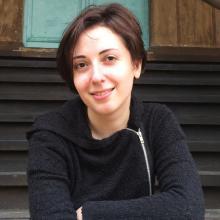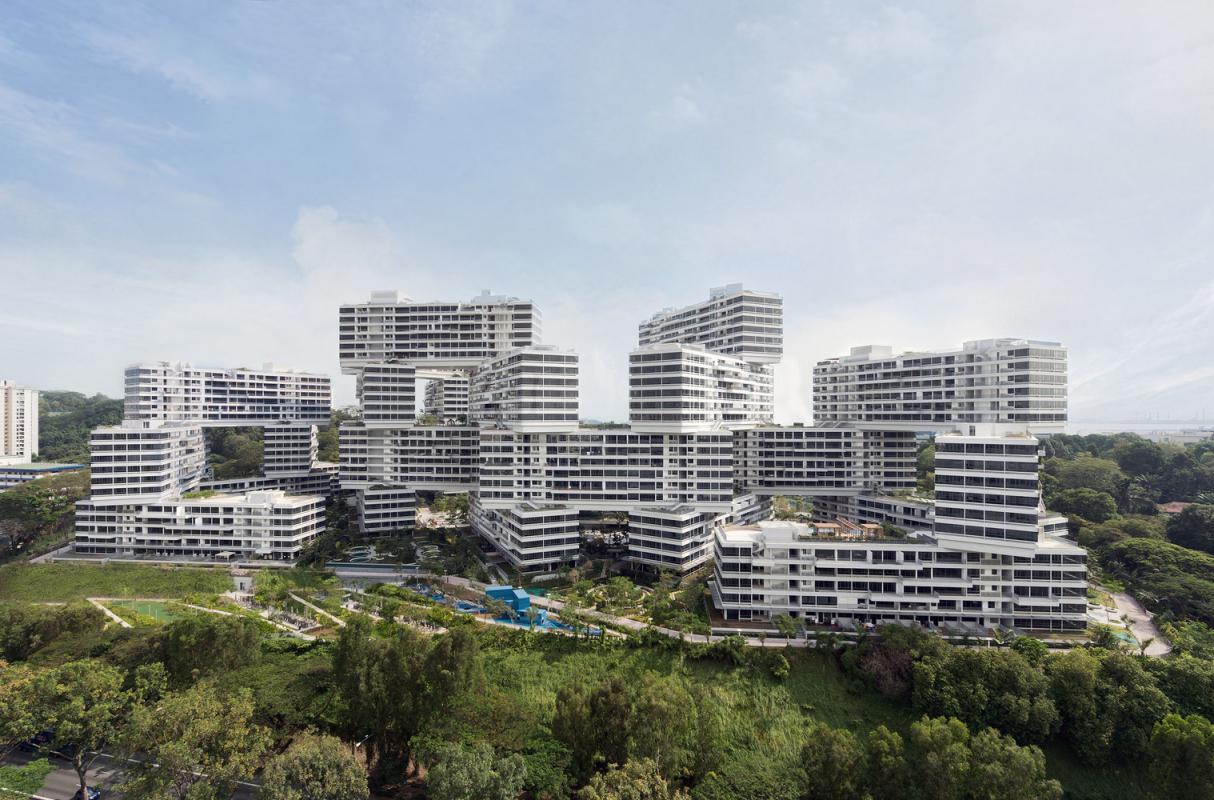
45-year-old German architect Ole Scheeren, in his riveting TED talk, explores the new potentials in architecture that can be achieved by implementing unexpected but thoughtful solutions to design challenges. Prior to launching Büro Ole Scheeren in March 2010, Scheeren was Director and Partner along with the legendary Rem Koolhaas at the Office for Metropolitan Architecture (Ole was responsible for the office's work across Asia). By fusing international experience with a precise understanding of local conditions, his current practice has received numerous accolades for applying critical thinking that extends conventional architecture production beyond perceived boundaries.
When majority of architecture is about functionality and standardization, Ole Scheeren brings up an inspiring alternate vision by asking: “How do we want to live our lives?” Indeed, the architecture that surrounds us—the buildings we live and work in—define the way we interact with each other and the relationships that unfold in our lives. Through his humanistic approach to architecture, Ole breaks the conventional rule that “form follows function,” instead creating a reality where “form follows fiction.”
During this TED talk, Ole shares his vision, saying: “We can think of architecture and buildings as a space of stories. Stories of the people that live there, of the people that work in those buildings.
Through examples of his projects, he describes his approach and the thinking process behind his creations.
Rethinking the skyscraper
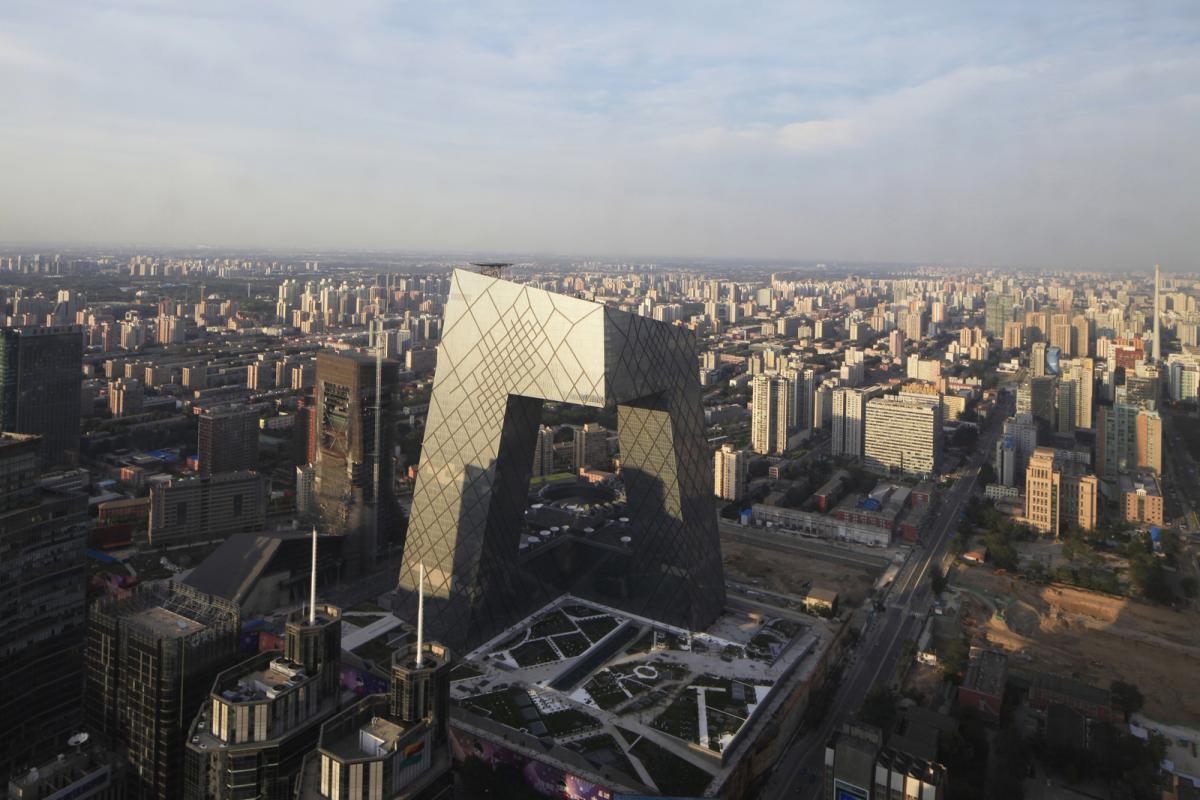
It is notable how instead of accepting the terms he is offered, the architect changes them to express his vision. When Ole and his team started working on the China Central Television (CCTV) station in Beijing, the expected decision was be to build a skyscraper. But a skyscraper is, as the architect describes, “a profoundly hierarchical structure—the top always the best, the bottom the worst.” To avoid this hierarchy and to create a building where collaboration is above isolation, Ole decided to “take this needle and bend it back into itself, into a loop of interconnected activities.”
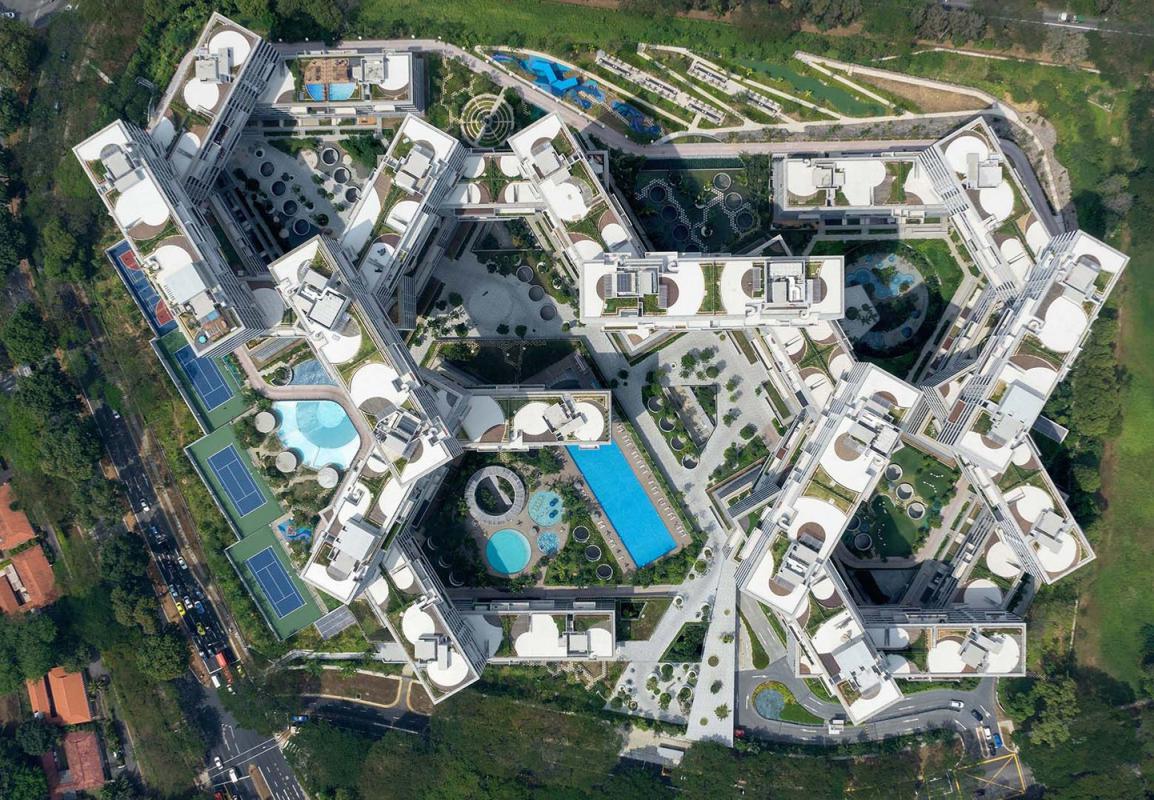
The same approach worked with The Interlace, a residential project in Singapore. Instead of expected skyscrapers, the architect decided to “topple the towers—throw the vertical into the horizontal and stack them up,” which led to a unique ecosystem where creation of community and sharing experience is as easy as having privacy.
Creating organizational structure
Meaning, a structure that scripts relationships and stories within it. When designing the CCTV station, Ole and his team thought of five fictional characters who will use the space and designed the building according to the stories of those characters.
Think of architecture as an organism
This way, all the functions are interrelated. For example, in the CCTV station, the technical and social clusters work closely together. In another project—Olympicopolis in London—the architecture also stands as a whole organism, or as a machine. Although parts of the building house different activities and functions, the borders between them are blurred; they are interrelated, and any part of the building can change its function if needed.
Sustainability
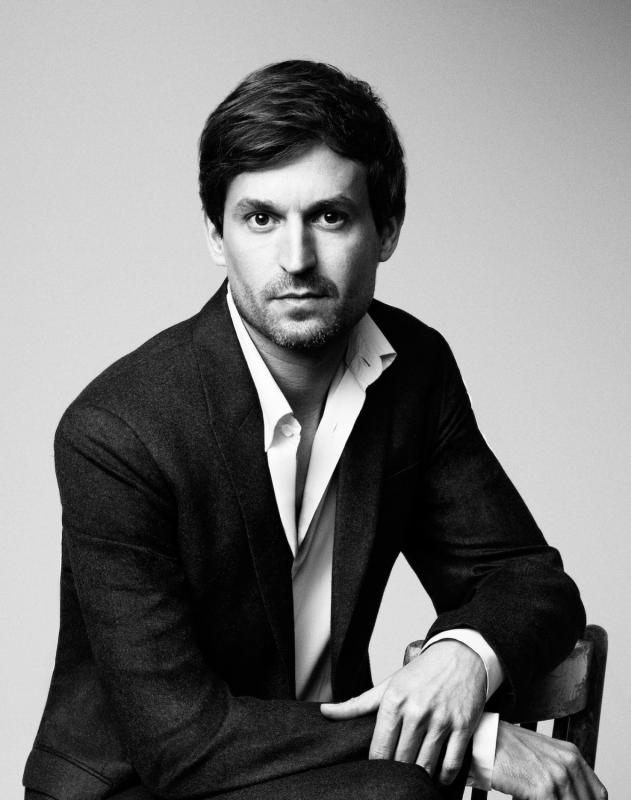
A humanistic approach wouldn’t be complete without it. An example of a sustainable development is The Interlace, where the architecture itself creates a unique microclimate. Also, thanks to rooftop gardens, there is actually 12% more green space than before the project was constructed.
Relationships and collaboration
Here we can think of 3 types of relationships.
- The relationships between people who use the space. For example, the Collaborative Cloud project for the Axel Springer media company headquarters in Berlin has private offices for work but also a “collaborative cloud”—a shared central space where people can connect with each other, and experience multiple relationships and stories.
- The relationships between people and the building. Ole’s architecture becomes an active element in people’s stories, a playground where those stories unfold. For example, in The Interlace, architecture creates opportunities for multiple private or shared activities and experiences. This is also true for the CCTV station, which is perceived as a cultural element of the city, rather than just a building.
- The relationships between people who work on the architecture and those who interact with it. When someone puts so much effort into creating a certain narrative, you get a sense of that person in it. This is well illustrated in a small project—a floating cinema in the Ocean of Thailand. The modular floating platform was designed in collaboration with the local community and was based on the techniques of the local fishermen. The people watching movies there actually experienced the culture of the region and the traditions of those who have contributed to the construction of the space.
Ole Scheeren’s work is about making people a part of something bigger—of a community, of a culture, and of multiple stories shared thanks to his architecture. ![]()
Watch Ole Sheeren's TED talk here.

